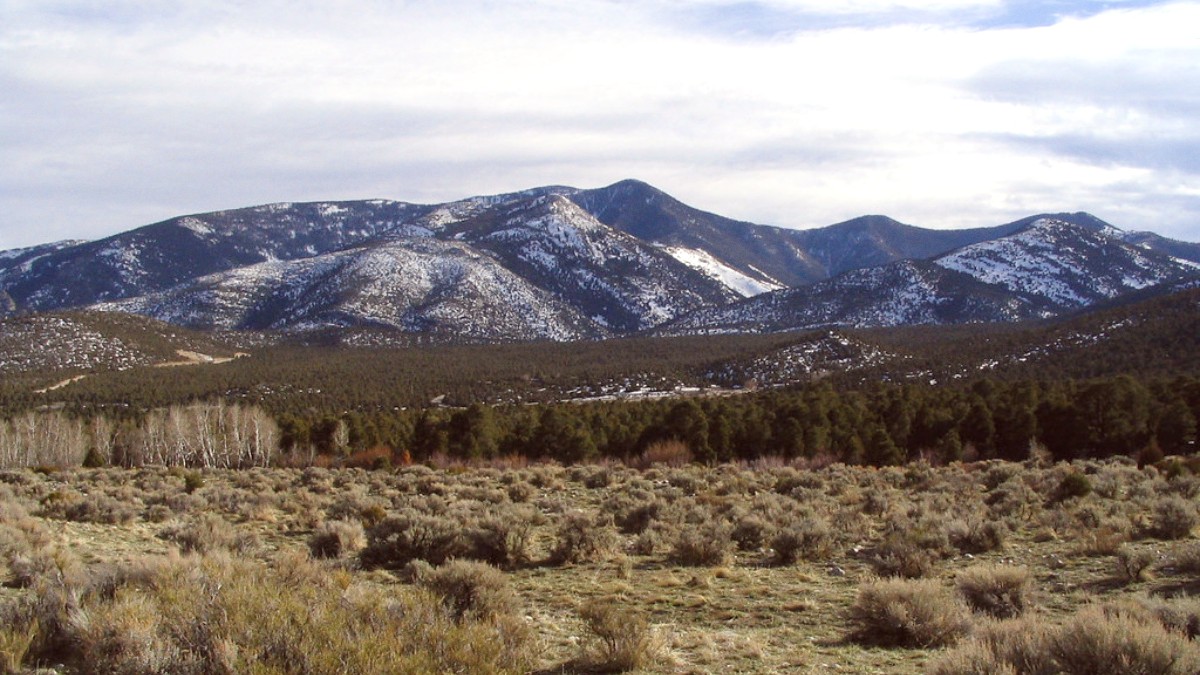
Nevada, USA
Synthetics (polyester, nylon) and wool are suitable over cotton for outdoor activities. They wick moisture, dry quickly, and provide warmth even when wet. A layering system adapts to fluctuating temperatures.
Summer: Lightweight, breathable, light-colored Long-sleeved shirts and pants for sun. Shorts for lower elevations. Evenings and higher elevations may require a fleece or lightweight insulated jacket. A Lightweight, packable rain jacket like the Marmot PreCip Eco Jacket.
Sturdy, broken-in Hiking boots with ankle support and grip are suitable for uneven and rocky terrain. Waterproof boots for wet conditions or snowmelt. Consider Merrell Moab 3 Mid Waterproof Hiking Boots.
Comfortable walking shoes or Sandals are suitable for around camp, at visitor centers, or in town.
Insulated, waterproof winter boots with good traction are suitable for snow and ice. Consider microspikes for icy trails at higher elevations.
Keep your important documents organized and secure.
Power sources and connectivity may be limited in remote areas. Careful planning for your electronics is suitable.
Capture the beauty of the Great Basin. Adequate camera equipment and charging solutions are suitable.
Download Google Maps or Apple Maps for the Great Basin National Park area. Cell service is unreliable, so offline access is suitable.
A reliable weather app. The official NPS App for park information; download content for offline use.
SkyView Lite or Star Walk 2 apps for celestial objects. A Sturdy tripod (Neewer Carbon Fiber Tripod) is necessary for astrophotography.
A well-stocked personal health kit makes for a safer trip, especially in remote areas where services are distant.
Maintaining hydration and personal hygiene is suitable for health in remote environments.
Durable gear supports comfort and safety on trails.
Essential items for comfortable and safe overnight stays.
Special items for unique park experiences.
These items enhance comfort during transportation and contribute to personal security.
Prepare for outdoor challenges and minimize your environmental impact.
Reduces plastic waste and costs.
For groceries and souvenirs.
Avoid single-use plastic cutlery.
For safe water from natural sources.
Pack light but smart. Roll clothes to save space. Use packing cubes for organization. Weigh your bag before departure to avoid airline excess baggage fees.
Place heavier items at the bottom of your luggage. Keep a small bag for toiletries and immediate access items in your carry-on. Always keep valuables and essential documents in your carry-on.